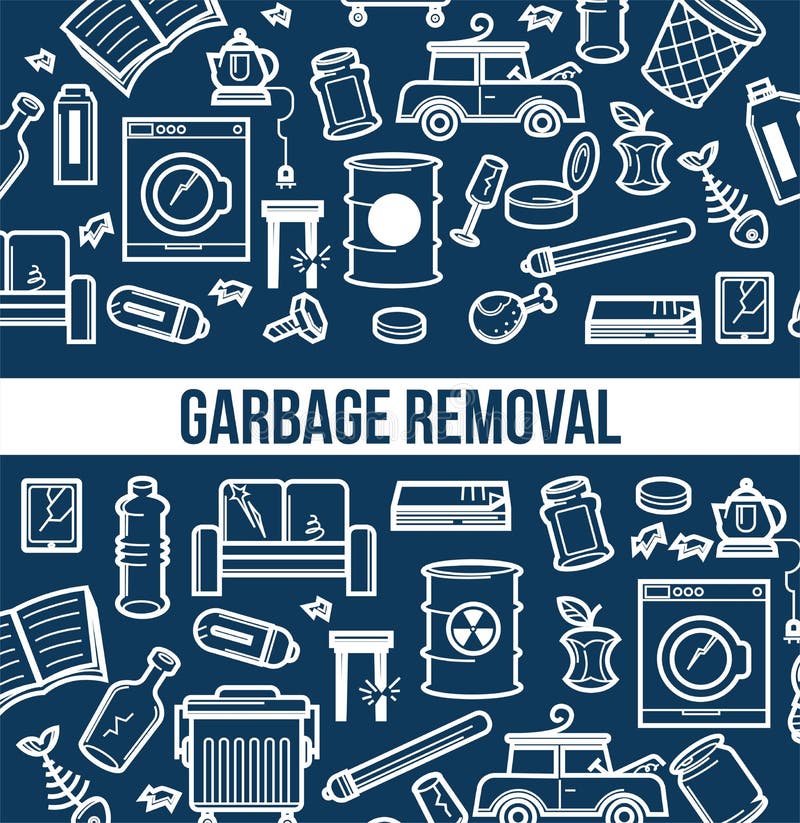Your Comprehensive Overview To Selecting The Correct Dumpster Dimension For Any Kind Of Project
Your Comprehensive Overview To Selecting The Correct Dumpster Dimension For Any Kind Of Project
Blog Article
Author-Sparks Fisher
When embarking on a project that calls for a dumpster, the dimension you pick can considerably influence its efficiency and cost-effectiveness. Envision having the ideal container that accommodates all your waste without being excessively huge or too tiny. Everything starts with recognizing the nuances of your task and choosing a dumpster dimension that lines up with your certain requirements. So, before you choose, take into consideration the variables at play to guarantee a seamless waste administration procedure from start to finish.
Factors to Think about
When selecting the ideal dumpster size, there are a number of vital aspects to think about.
First, think about the kind of waste you'll be disposing of. Different products may call for varying quantities of space, so understanding what you'll be putting in the dumpster is vital.
Next, analyze the quantity of waste you expect to produce. If you underestimate the quantity, you may need to make several journeys to dispose of whatever, which can be bothersome and costly. On the other hand, renting out a dumpster that's also big can result in unneeded expenditures.
Furthermore, consider the room where the dumpster will be positioned. Make certain there's enough area for the dumpster to be supplied and picked up without any blockages.
Lastly, think of any weight limitations that might use. Surpassing relevant site can lead to added costs and even the rejection of service.
Dumpster Dimension Alternatives
For picking the best dumpster dimension, it's essential to have a mutual understanding of the available choices. Dumpster sizes normally range from 10 to 40 cubic backyards, with variants in between.
moved here -yard dumpster appropriates for small projects like a garage cleanout or a tiny remodelling. If visit the next website -sized task such as a kitchen area remodel or a basement cleanout, a 20-yard dumpster may be the right selection.
For larger jobs like a whole-house improvement or industrial building and construction, a 30 or 40-yard dumpster could be better to suit the volume of waste created.
When selecting a dumpster dimension, consider the amount and sort of debris you expect to take care of. It's far better to choose a somewhat larger dimension if you're not sure to stop overfilling. Bear in mind, it's more affordable to lease a dumpster that fits your demands as opposed to having to buy an extra one.
Matching Dimension to Job
Optimally matching the dumpster dimension to your project is critical for reliable waste management. To figure out the best size, take into consideration the scope and nature of your job.
For small family cleanouts or restorations, a 10-yard dumpster might be enough. These are generally 12 feet long and can hold about 4 pickup truck loads of waste.
For trash bin rental near me like remodeling several areas or removing a big estate, a 20-yard dumpster could be better. These are around 22 feet long and can hold about 8 pickup loads.
If you're taking on a significant building job or business renovation, a 30-yard dumpster could be the very best fit. These dumpsters are about 22 feet long and can suit concerning 12 pickup loads of debris.
Matching the dumpster dimension to your task ensures you have sufficient room for all waste products without overpaying for extra ability.
Conclusion
To conclude, choosing the right dumpster size for your task is crucial for reliable waste disposal. By considering variables like the kind and quantity of waste, room accessibility, weight constraints, and budget plan constraints, you can ensure you have the proper size dumpster for your needs. Make certain to match the size of the dumpster to the scope and nature of your task to avoid overspending on unnecessary expenditures.
